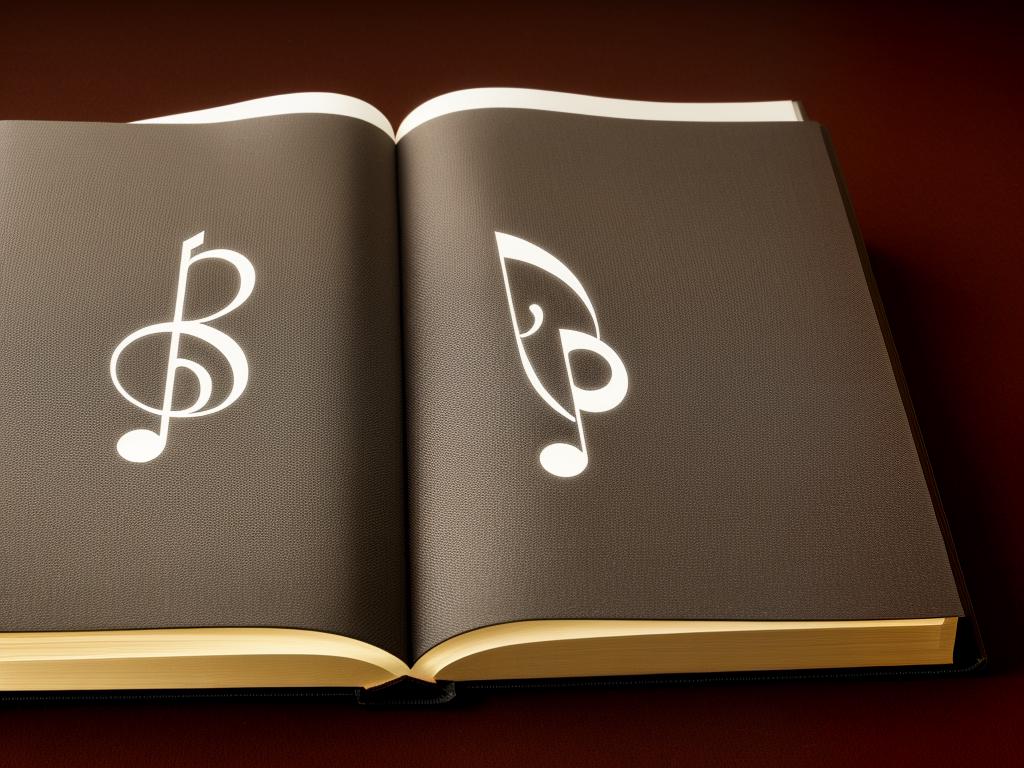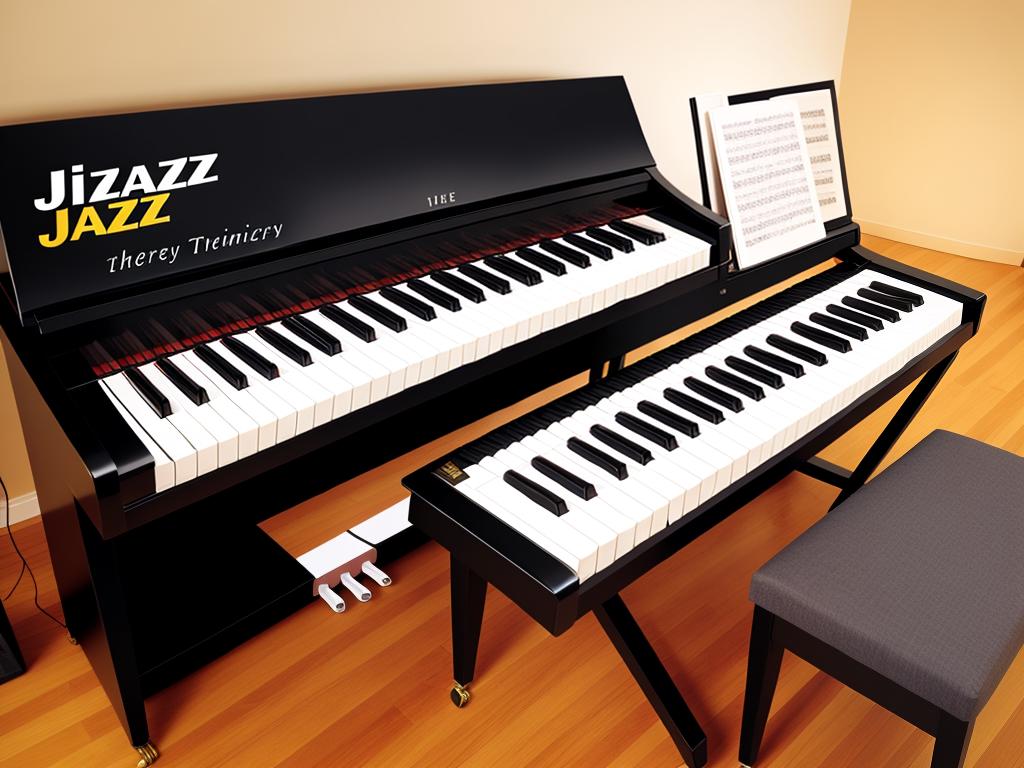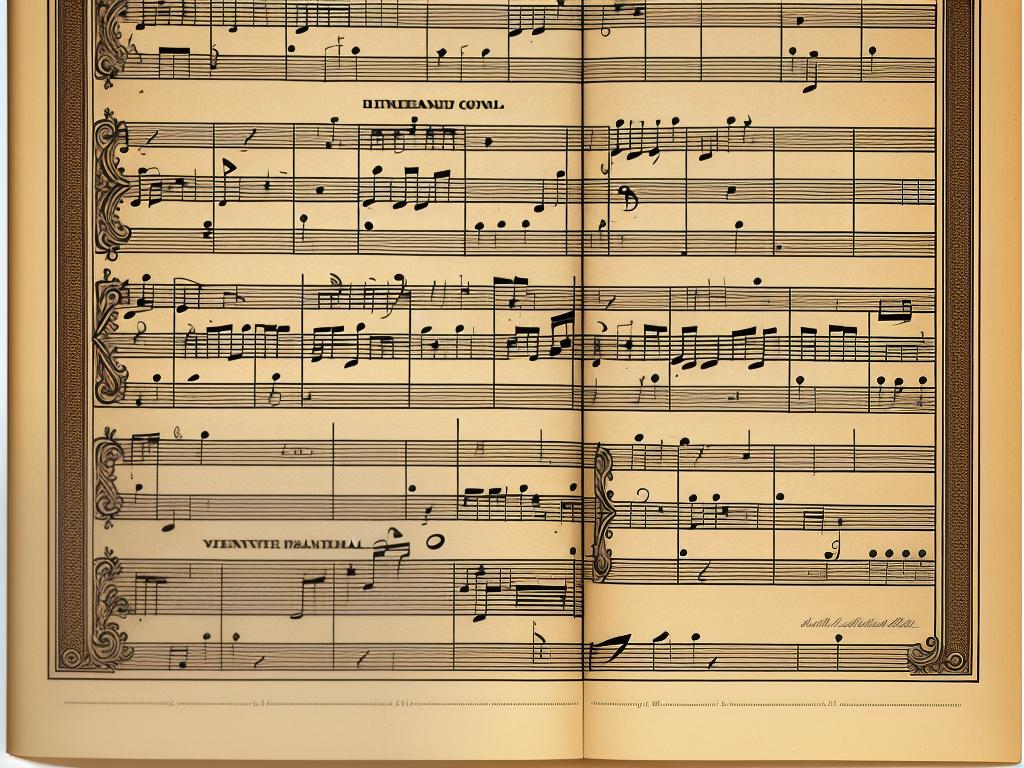Table of Contents
Introduction
Music theory, while often considered complex and intimidating, is a fascinating field. for anyone with a keen interest in understanding the intricacies and magic of music. Enthusiasts and hobbyists taking on this journey can find a treasure trove of knowledge within numerous textbooks and resources.
However, there are few music theory books that truly distinguish themselves, providing not only a deep dive into the richness of music theory but also offering practical exercises and insights that make the learning process more engaging and approachable. Here are 4 of the greatest music theory books:
1. Tonal Harmony by Stefan Kostka, Dorothy Payne, & Byron Almén
Harmonize Your Musical Knowledge With Tonal Harmony
Get the book: Tonal Harmony
Your journey into the world of music theory just got a whole lot harmonious with “Tonal Harmony”. Recognized as one of the most all-inclusive textbooks on music theory, it covers an impressive span of topics to suit all levels of musicianship.
From delving into the basics such as chord structures and progressions, to intricately exploring complex theories about harmonic series and modulations, this book equips you with a well-rounded understanding of how music works. It is like being guided through a musical journey, allowing you to unlock, explore, and master every piece of knowledge step by step.
But what sets Tonal Harmony apart isn’t just its vast coverage of topics. The book doesn’t just tell – it shows and enables exploration by the reader. The practical exercises and visual aids within the covers are a testament to this claim. These hands-on components complement the textual content, ensuring that your learning isn’t just theoretical, but applicable. This makes it an essential guide for any music theory enthusiast.
But remember, there’s no rush. The beauty of Tonal Harmony lies in the journey of learning, appreciating, and creating music. Whether you’re strumming your first chords or composing an orchestra, this book will be your unfailing companion. So grab a copy, get comfortable, and let your musical journey begin.

Whether you are a professional or an amateur, devouring the pages of this book can only result in one thing: you going up a notch in your skillset, and understanding the beauty of music through a more educated lens. So delve into the technicalities of melodies, rhythms, and harmonies with Tonal Harmony and make sweet, knowledgeable music.
2. The Study of Orchestration by Samuel Adler
Orchestration Explained
Get the book: The Study of Orchestration
Ever been curious about how an orchestra functions? Or wondered what determines the role of each instrument on stage? Samuel Adler’s book, The Study of Orchestration, offers fascinating insights into these questions and illuminates the intricate dynamics of the orchestra. Adler, a prolific composer and seasoned conductor, shares from first-hand experience how each instrument contributes to the orchestral whole.
Each instrument is discussed in detail, including its specific role, range, and key characteristics. Adler doesn’t merely provide technical information; he delves into the role of instruments in specific classical pieces, illustrating how different combinations can create rich, diverse sound palettes. He shows how renowned composers leveraged the unique qualities of each instrument to elicit certain emotions and effects.
What sets Adler’s book apart is its practical orientation. While it may not be a traditional book on music theory, with focus on chords and scales, it offers valuable insights into the practical application of this theory. He shows that there’s more to an orchestra than a group of musicians – it’s a beautifully complex interplay of sounds, each element carefully chosen to contribute to the musical narrative.
Whether you’re an aspiring composer, an orchestral enthusiast, or just someone who appreciates good music, The Study of Orchestration offers a window into the inner workings of an orchestra. With Samuel Adler as your guide, you’ll never listen to an orchestral performance the same way again.
3. The Jazz Theory Book by Mark Levine
Master the Jazz with this Music Theory Book
Get the book: Master the Jazz: The Jazz Theory Book
Renowned jazz pianist, composer and author Mark Levine stimulates the world of Jazz through the best-selling publication ‘The Jazz Theory Book’. No matter if you’re a novice jazz enthusiast or a trained musician, this book is a must-have addition to your collection.
The book provides intensive coverage of numerous topics critical to Jazz such as improvisation tactics, reharmonization and intimate scale/chord theories. The journey through the book begins with familiarizing the foundations of Jazz music and its nuances.
Mark Levine’s ability to communicate the complexities of Jazz theory in a simple and relatable way is impressive. Each concept is broken down into easily digested segments while maintaining the depth and richness of the content. The lessons presented are tied back to the origins of Jazz, giving readers a better understanding of the genre’s evolution and diversity.
As you continue to navigate through Levine’s book, you’ll notice numerous musical examples that perfectly underscore the theoretical concepts outlined. The relentless genius of jazz giants like Miles Davis, Duke Ellington and Charlie Parker comes to life in these pages, further reinforcing your learning. It rekindles the age-old adage, show, don’t tell.
‘The Jazz Theory Book’ solidifies your understanding of Jazz music and revitalizes your love for the rhythm and complexity of the genre. It’s not just a book on theory, but a complete guide fostering the appreciation and application of Jazz music. It’s an enriching companion to delve deeper into the world of Jazz, a world that is harmonic, challenging, and spectacularly musical.

4. How to Read Music: Fundamentals of Music Notation by Roger Evans
Learn How to Read Music With This Fundamental Music Theory Book
Get the book: How to Read Music: Fundamentals of Music Notation Made Easy
If music is a language, then learning to read music is similar to learning a new alphabet, grammar, and syntax. For new music students or even seasoned musicians wanting to brush up on their knowledge, “How to Read Music: Fundamentals of Music Notation” by Roger Evans is a fantastic resource.
Understanding music notation may seem daunting, but this book breaks it down into manageable pieces. It covers all the basics – from understanding sheet music to recognizing rhythm and timing. Even better, it delves deeper into the world of musical symbols, an aspect essential for full comprehension of this musical language.
Easily approachable, the book is designed for those who have always dreamed of deciphering those mysterious symbols and marks on a music sheet. It takes readers by the hand and guides them step by step into understanding musical notation.
One of the strengths of this book lies in its practicality. The pages are filled with real examples and exercises that allow learners to put theory into practice. This interactive element forms a significant part of the learning process, as it helps to reinforce each lesson and gives an opportunity to practice newly acquired skills.
Evans’ book doesn’t just believe in passive learning; it encourages its readers to be active participants in their musical journeys. This makes it not only a book but also a tool for deepening your understanding of music and enhancing your musical abilities. So, whether you’re an aspiring musician or a music enthusiast wanting to expand your knowledge, consider making the “Fundamentals of Music Notation” part of your learning arsenal.

Conclusion
Regarded as musical bibles, these books not only provide rich, comprehensive information but also guide you in developing your skills in analyzing not just the compositions, but its structure, tempo, and harmony. Be it the basics of music notation from “How to Read Music” by Roger Evans or the advanced level of orchestration from “The Study of Orchestration” by Samuel Adler, or the specific genre of jazz from “The Jazz Music Book” by Mark Levine.
These teachings are not just about enhancing your knowledge. It’s about shaping your musicianship, providing you the tools to elevate your work, and comprehending the beauty of music. When you delve into these concepts and extract the essence from these valued resources, you will find that music unfolds into a deeper level of understanding, and your journey becomes a fulfilling exploration into the world of sound.
Additional Reading
Take some time to check out our other articles:
- Popular Music Industry Careers
- 10 Popular Music Jobs
- 7 Essential Music Production Tools Under $100
- Comprehensive Guide to the Fundamentals of Music Theory
Breve Music Studios publishes music to Spotify, YouTube Music, Amazon Music and more. Follow our pages on Facebook, Instagram, Twitter, TikTok, and YouTube.
Listen to our ensembles: Breve Orchestra, Breve Music Ensemble, Breve Low Brass Ensemble, Breve Woodwind Ensemble, and Jermaine Harris on Spotify.

1 thought on “Best 4 Music Theory Books to Improve Your Musical Understanding (2023)”
Comments are closed.